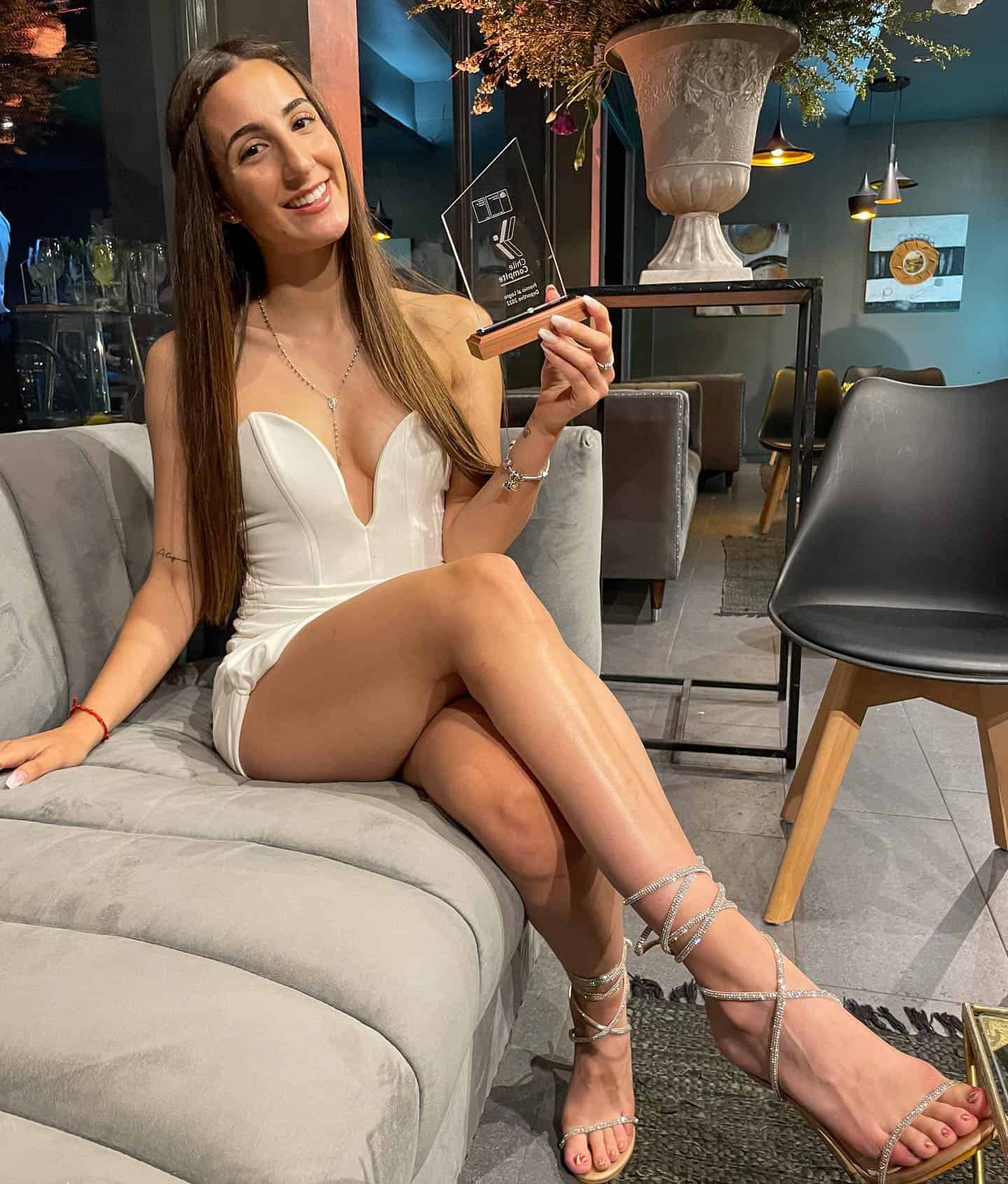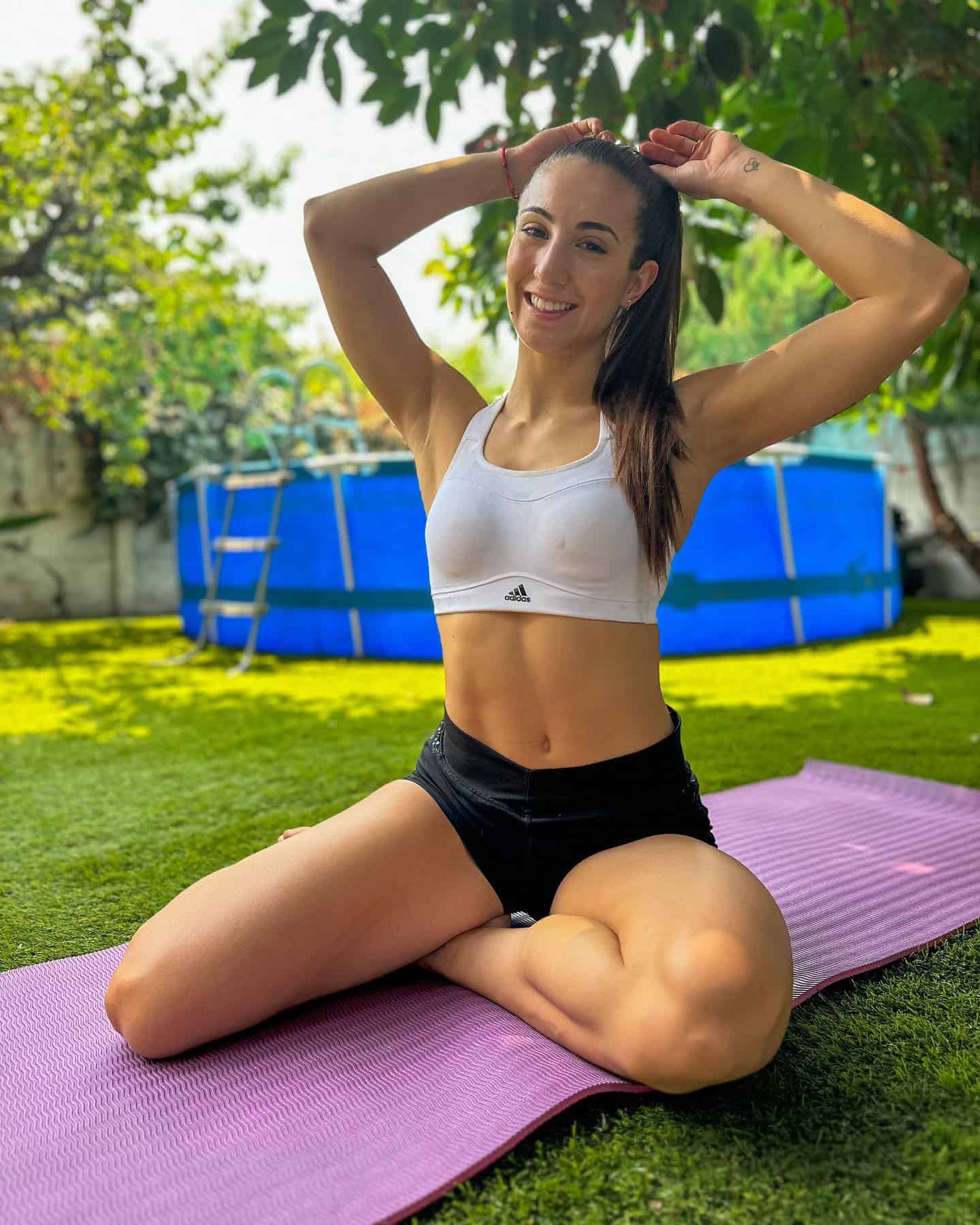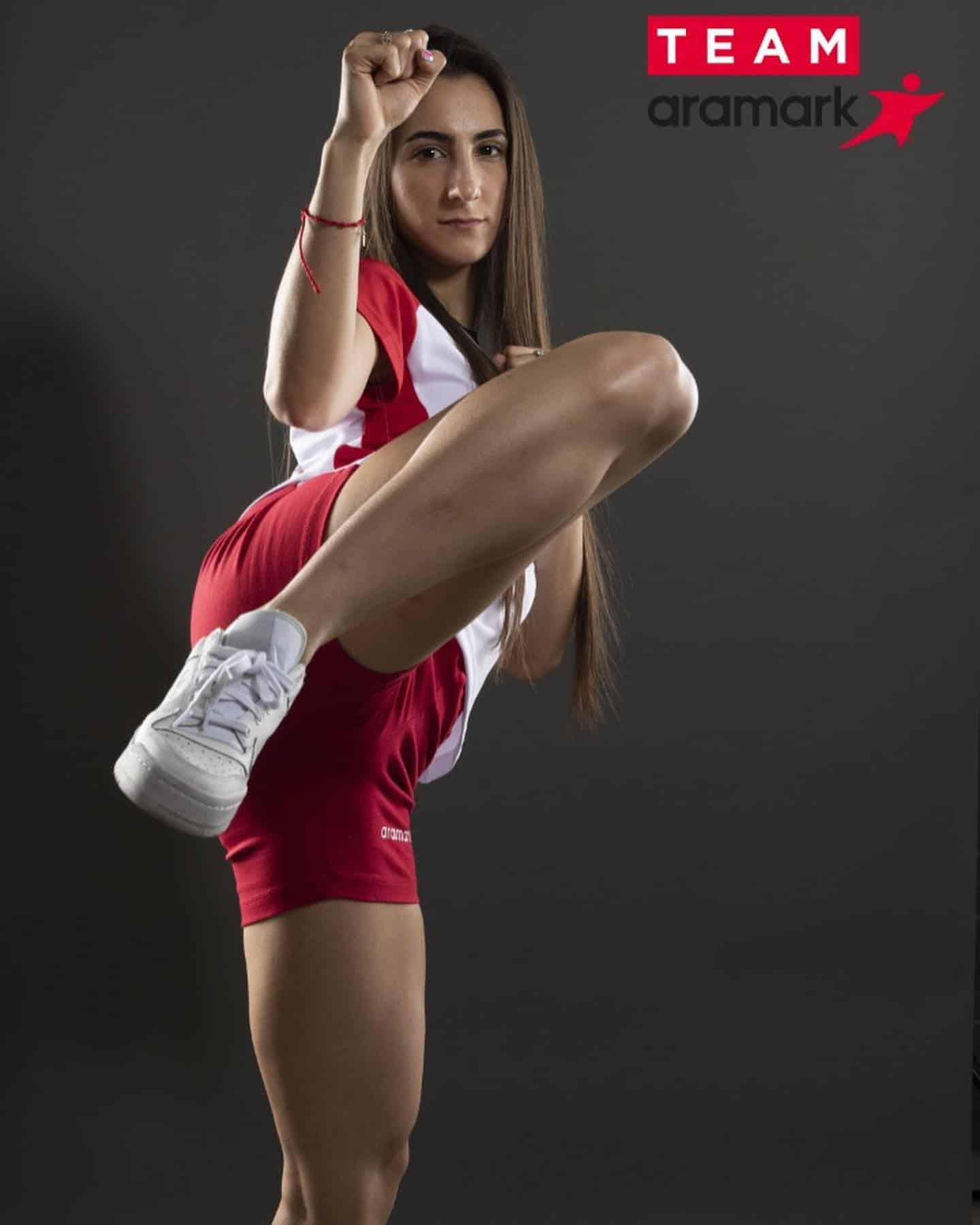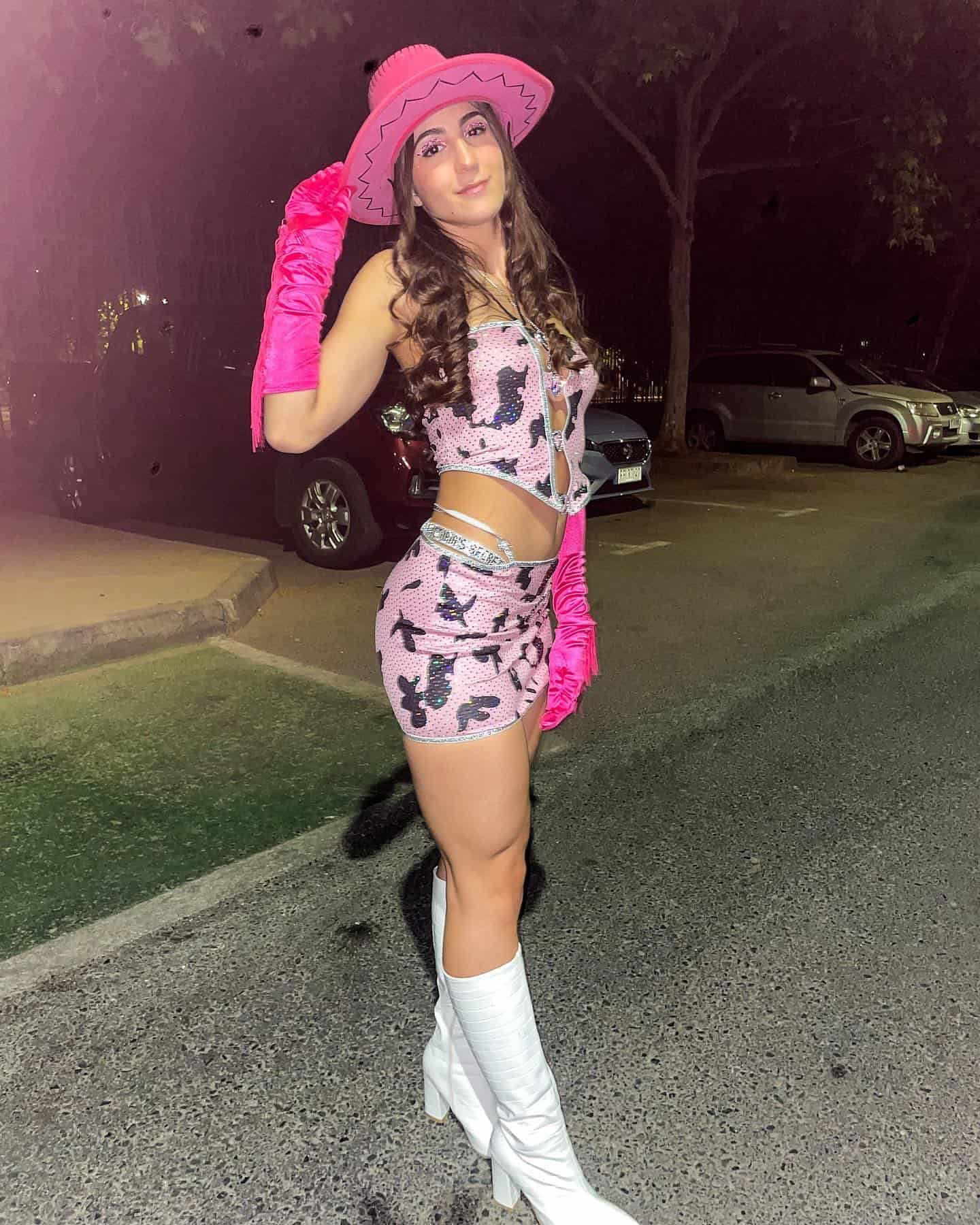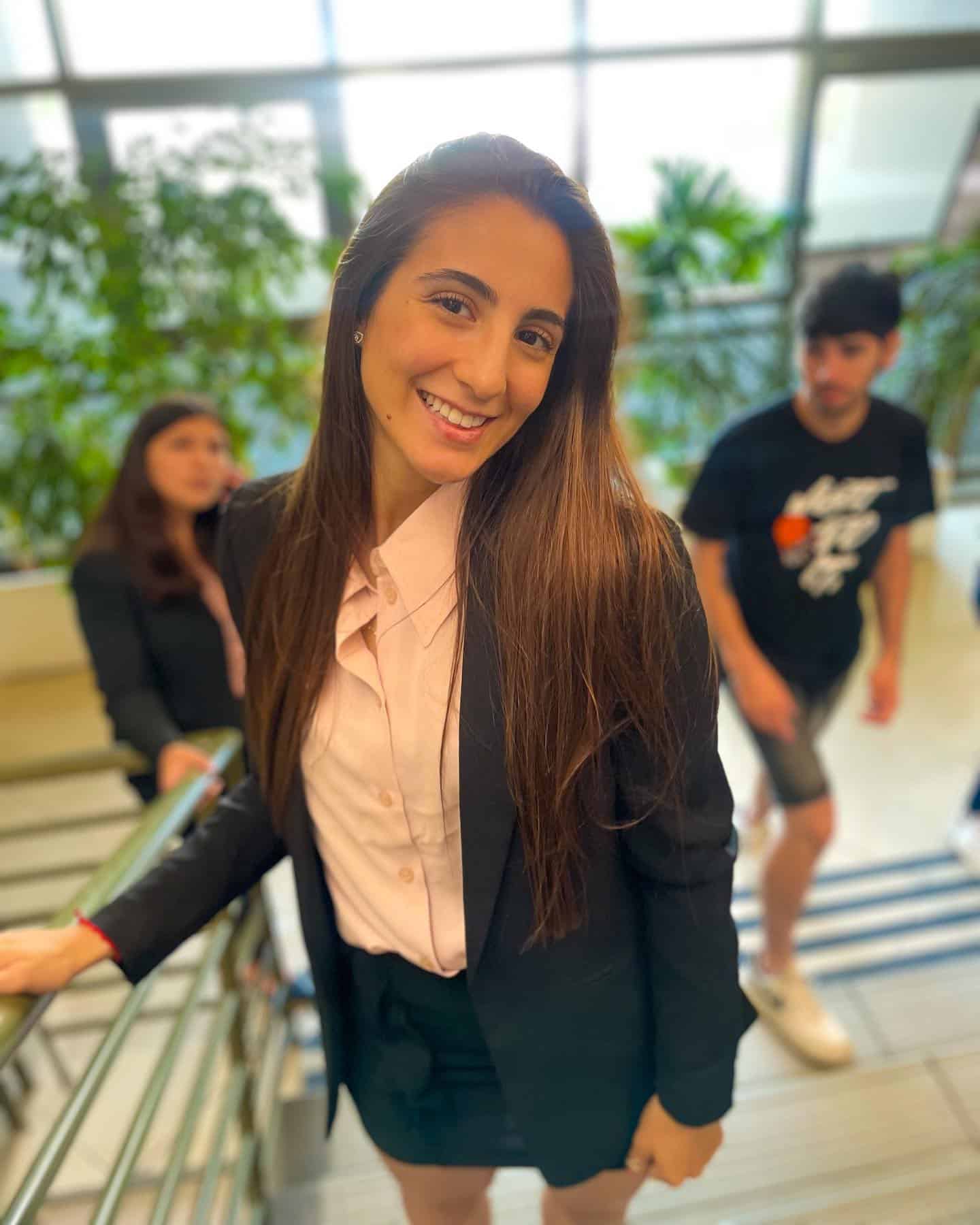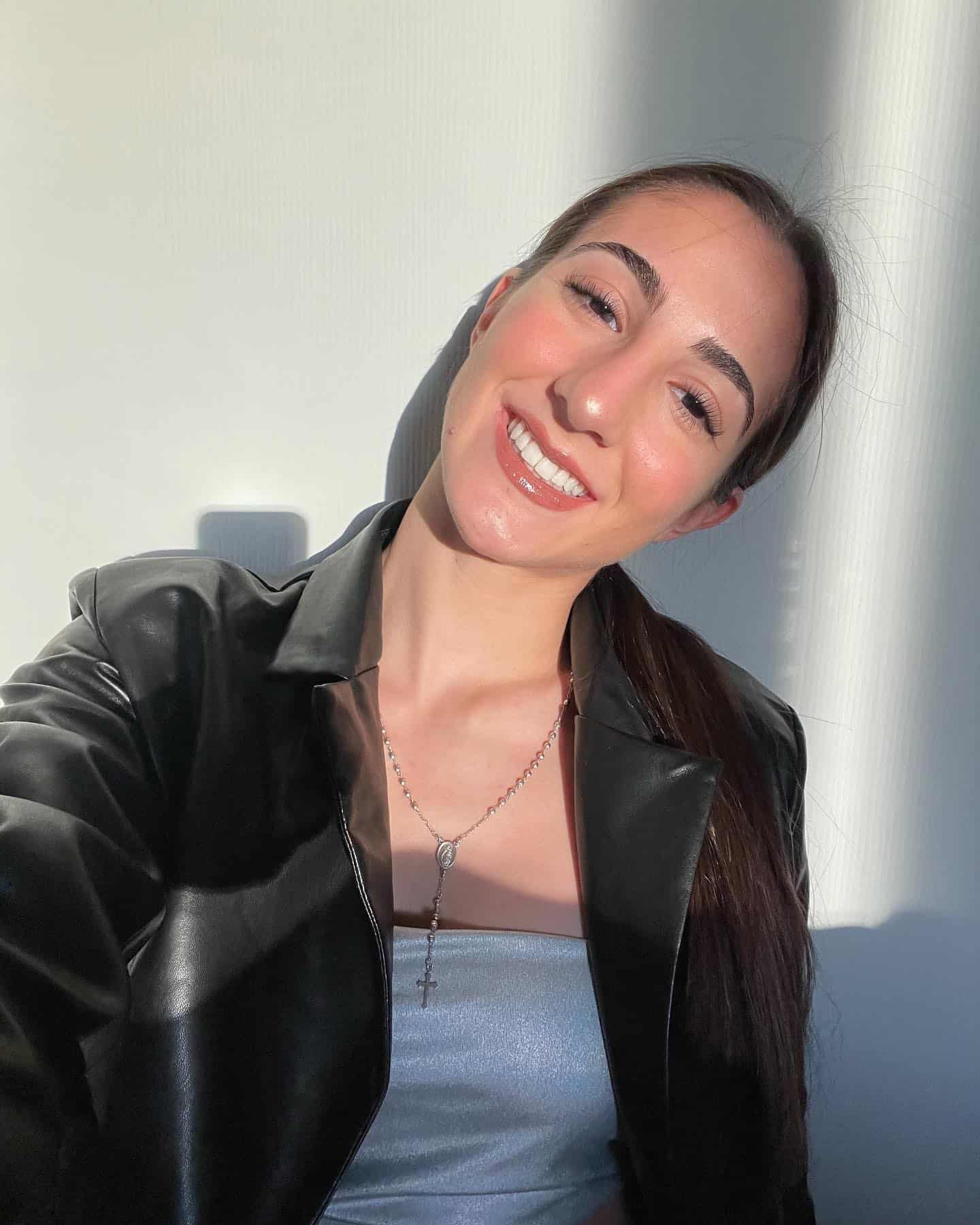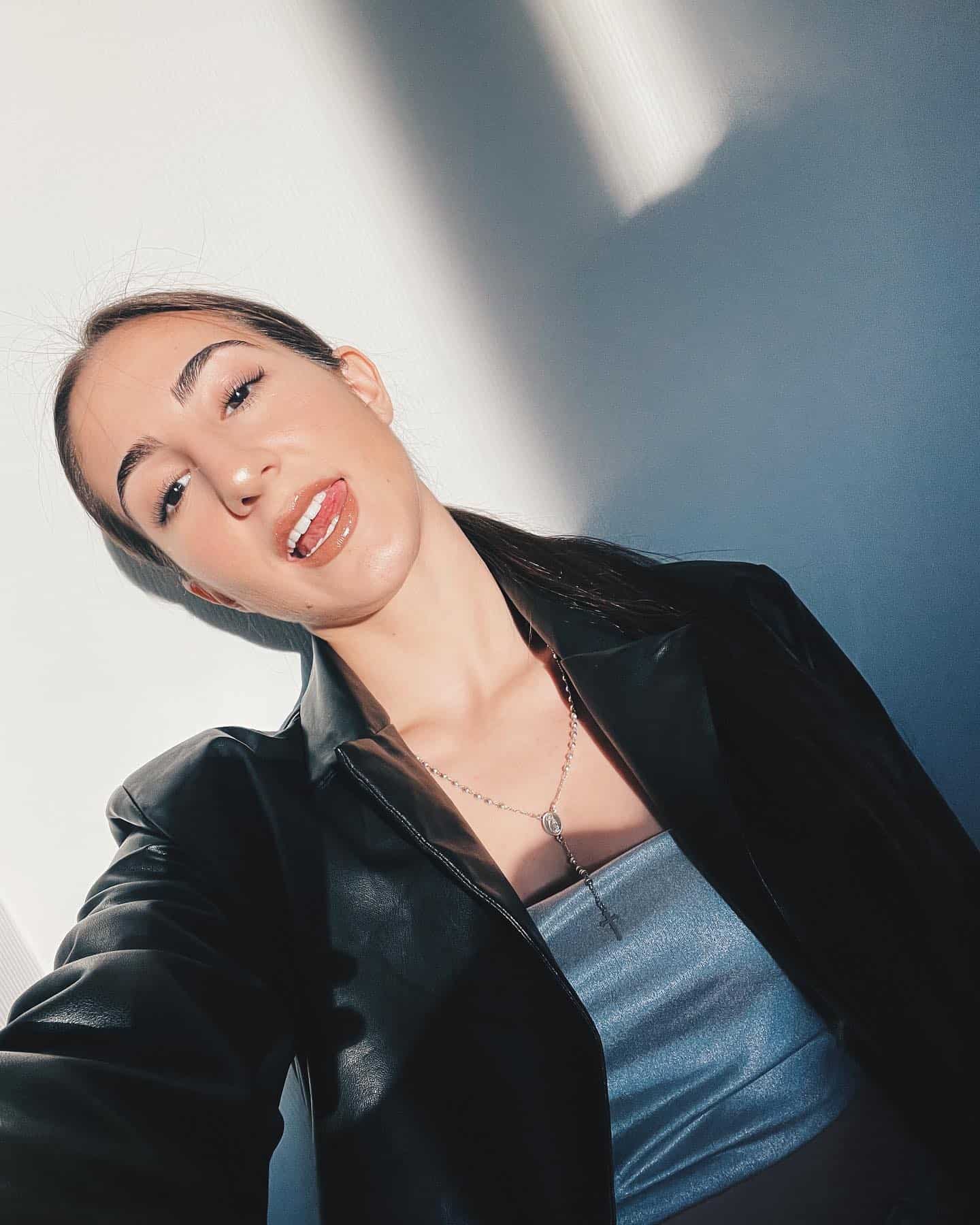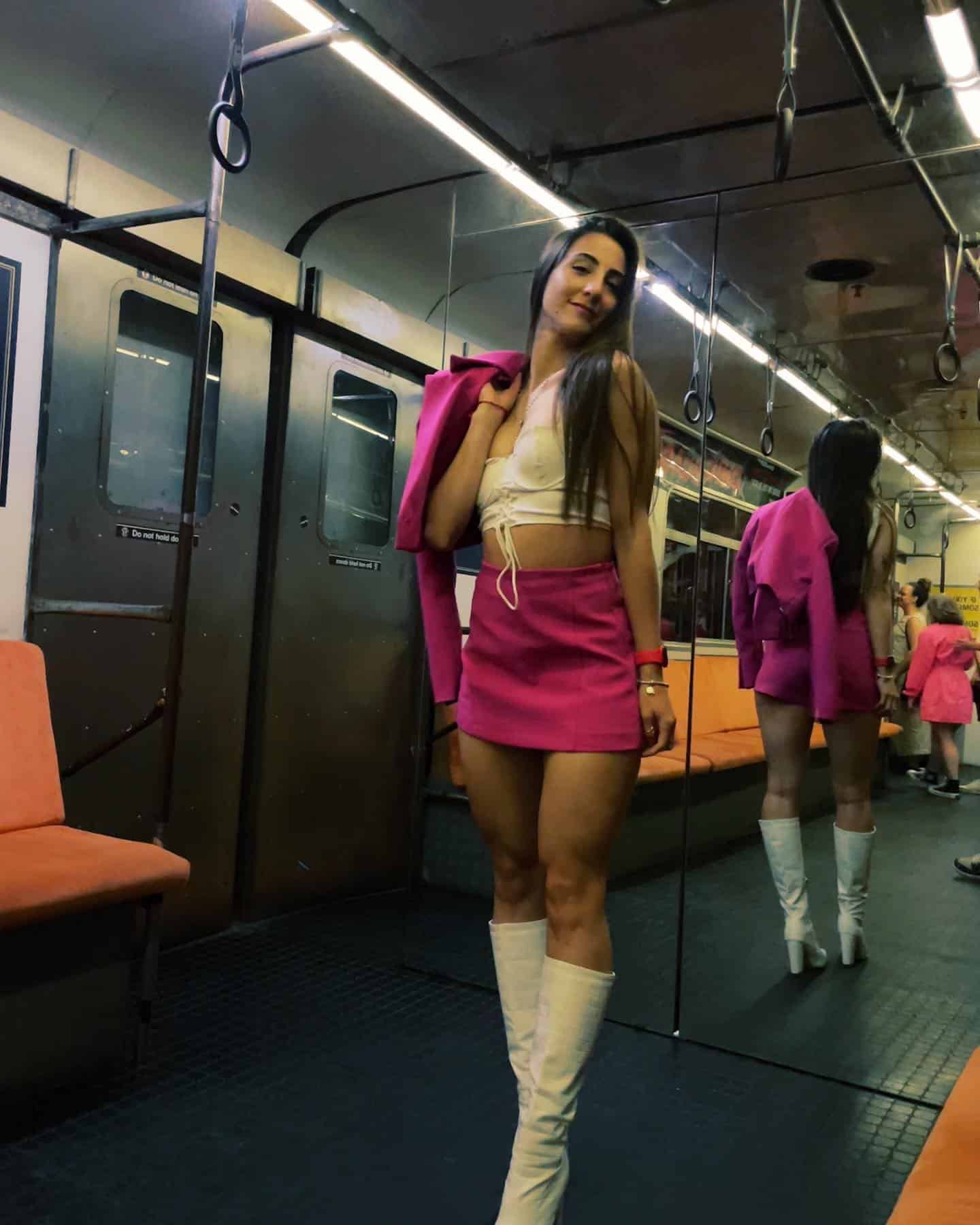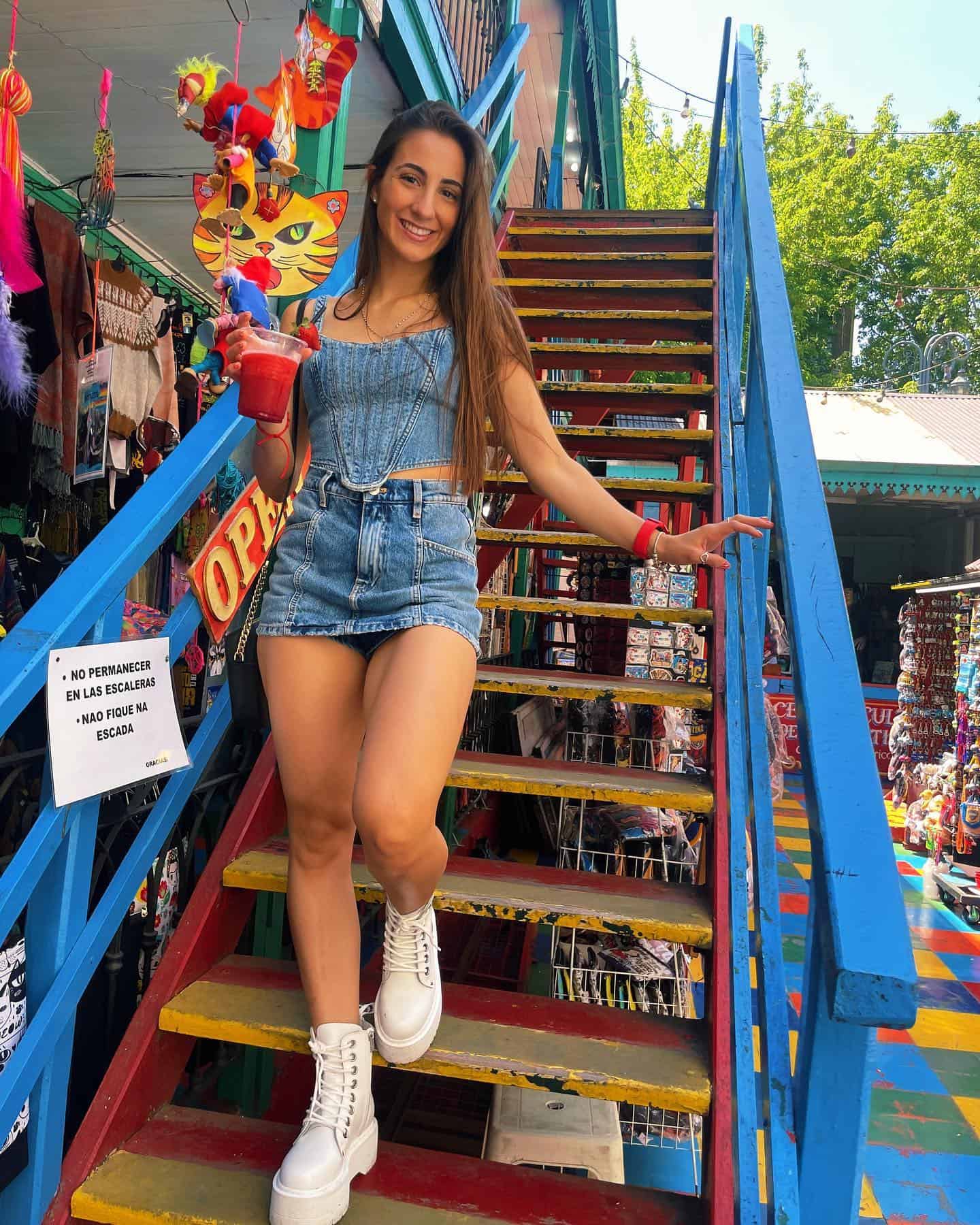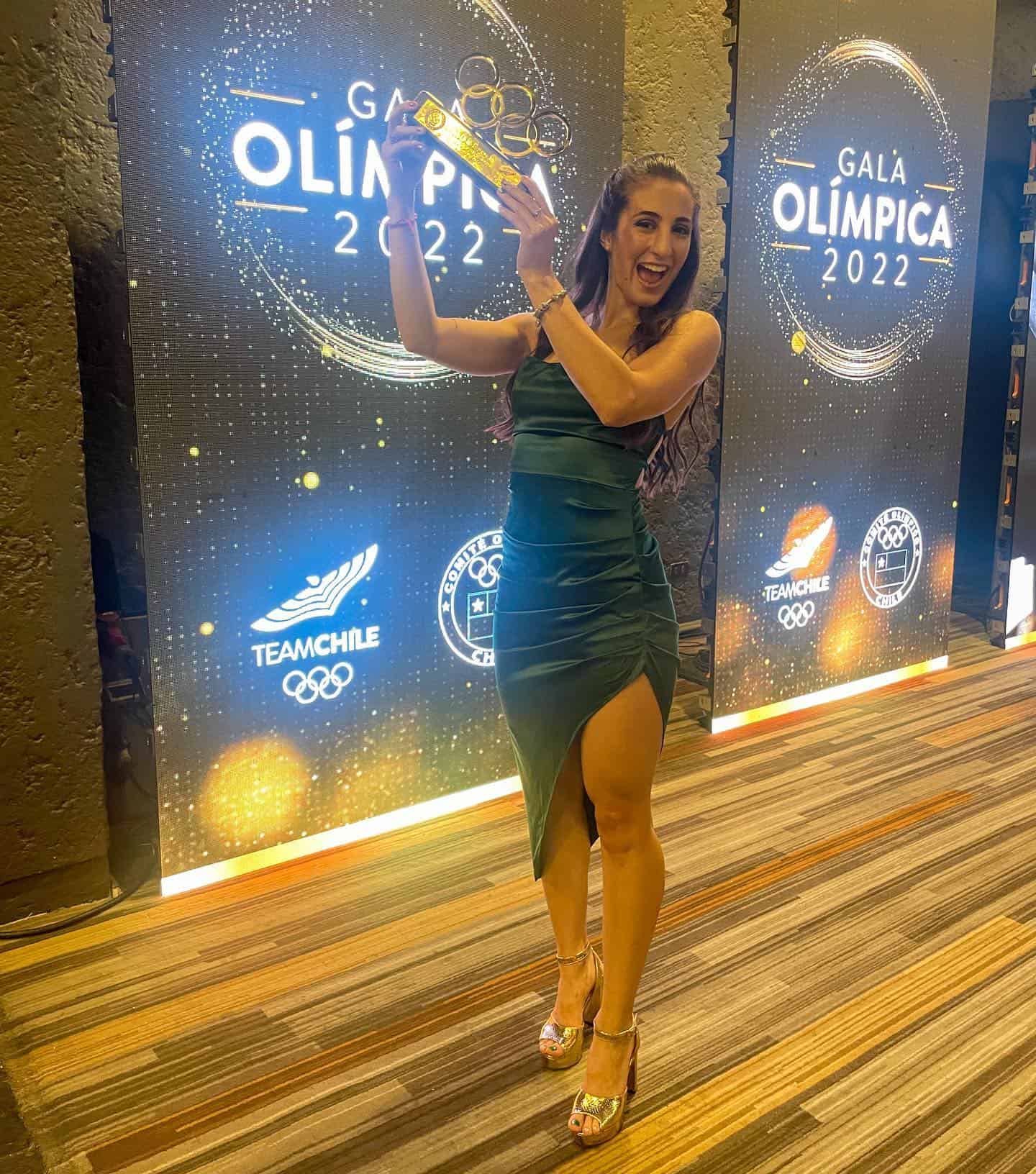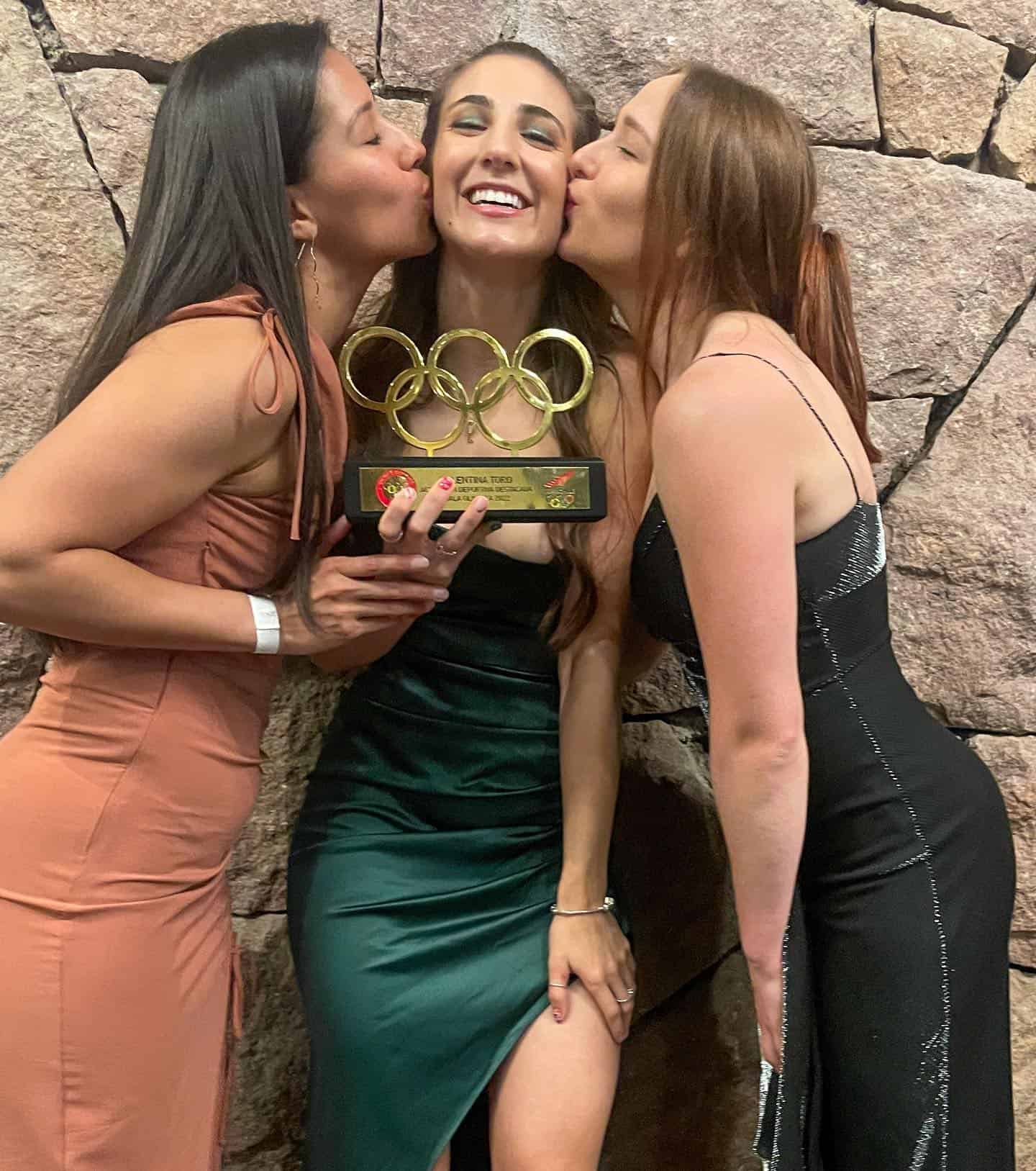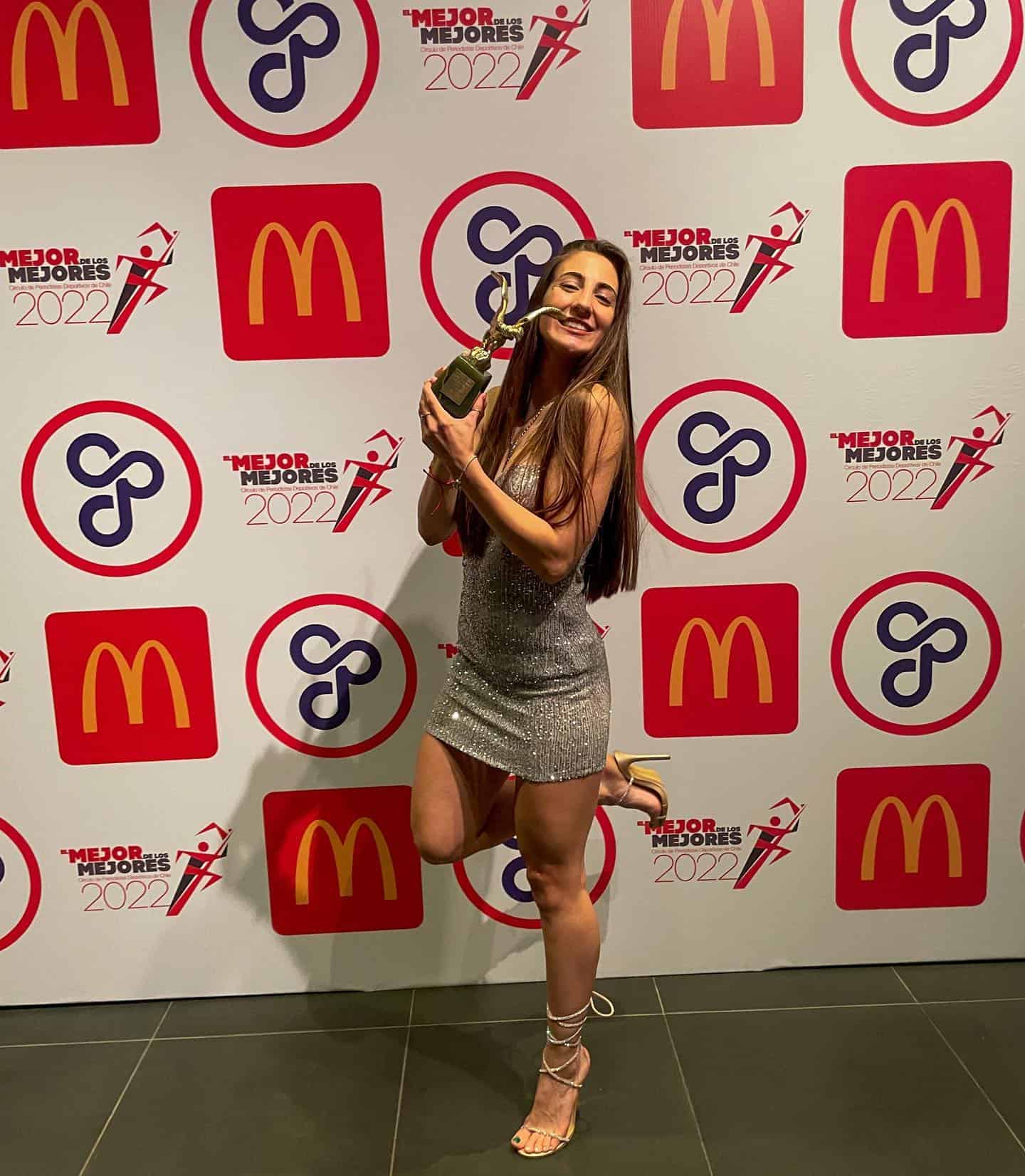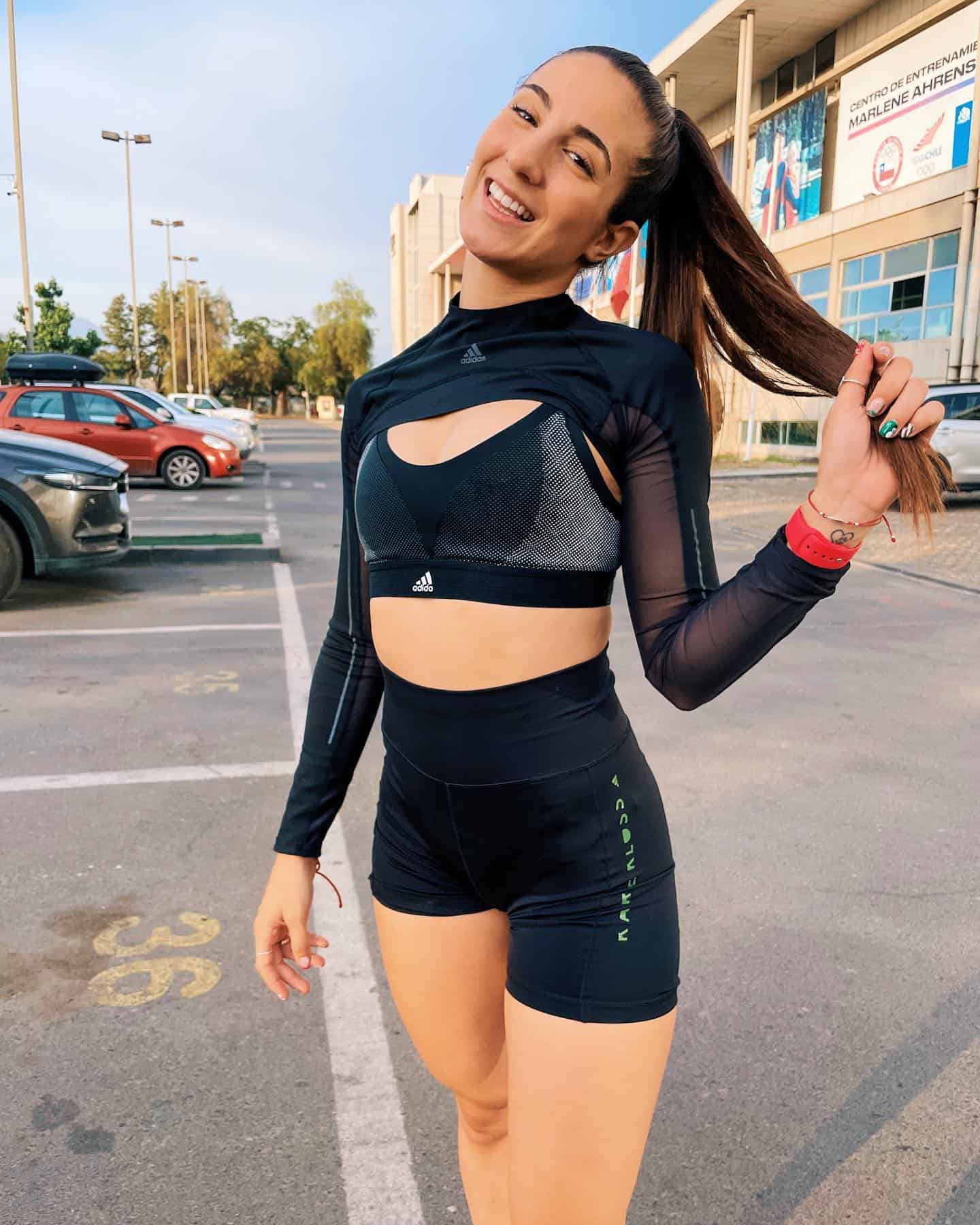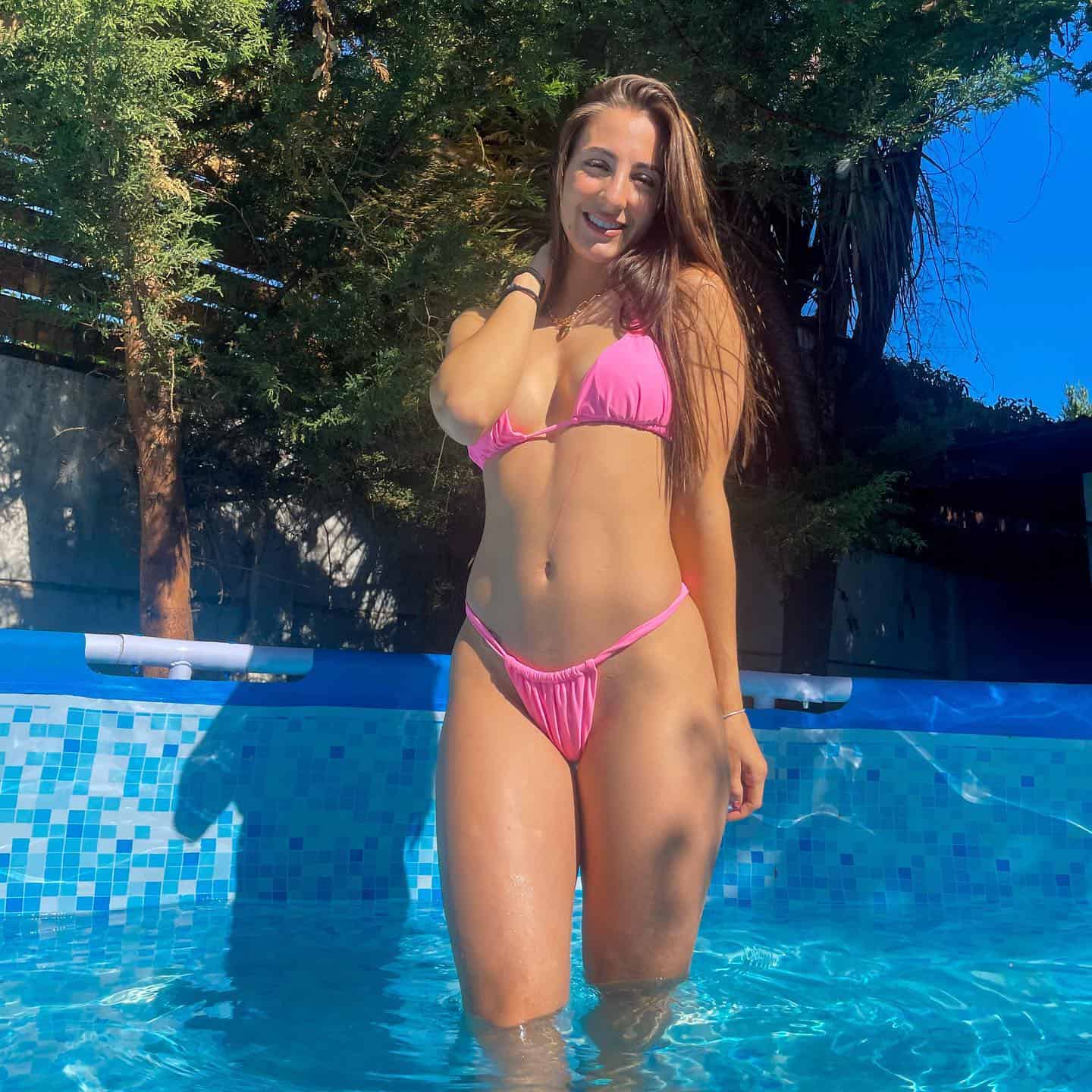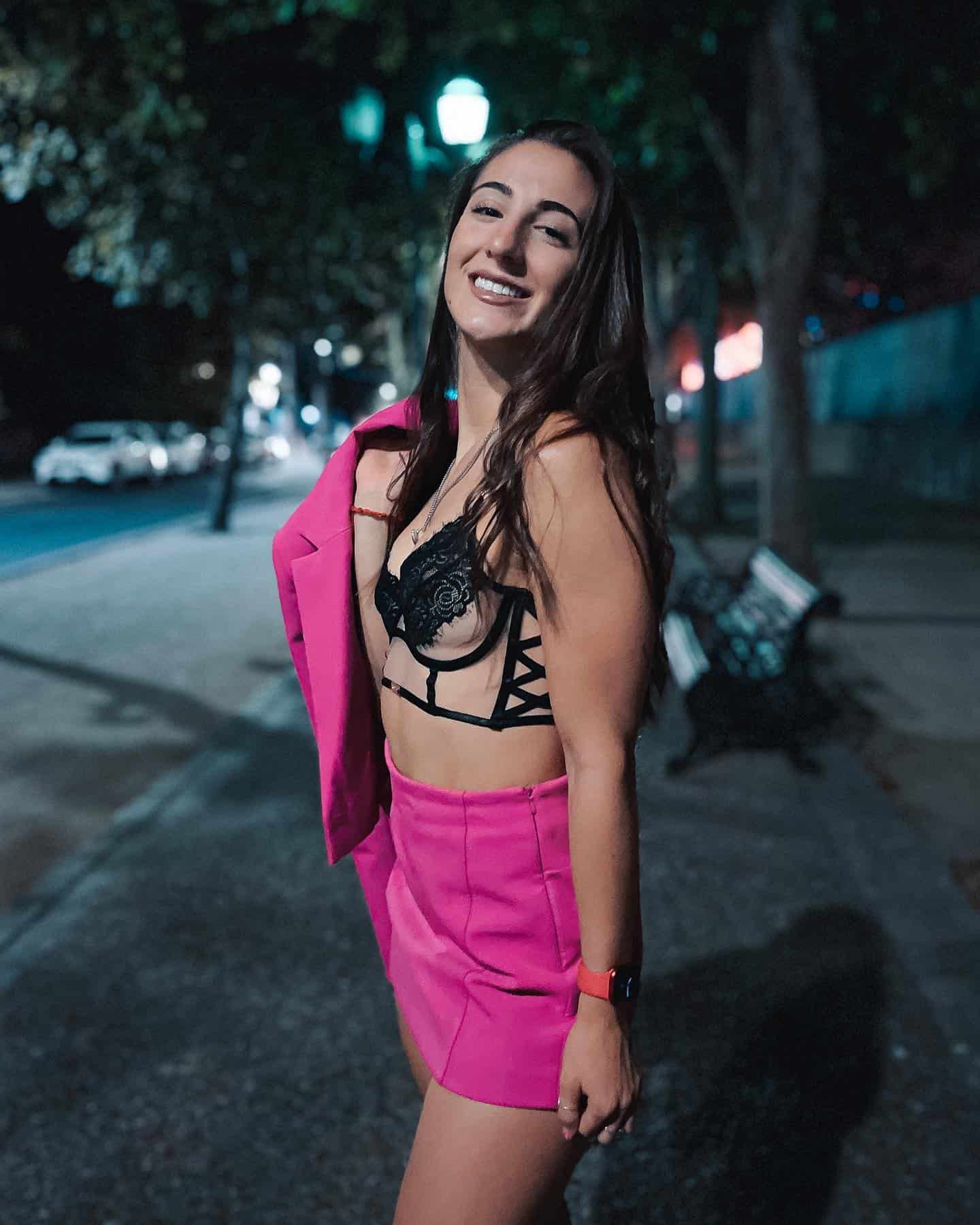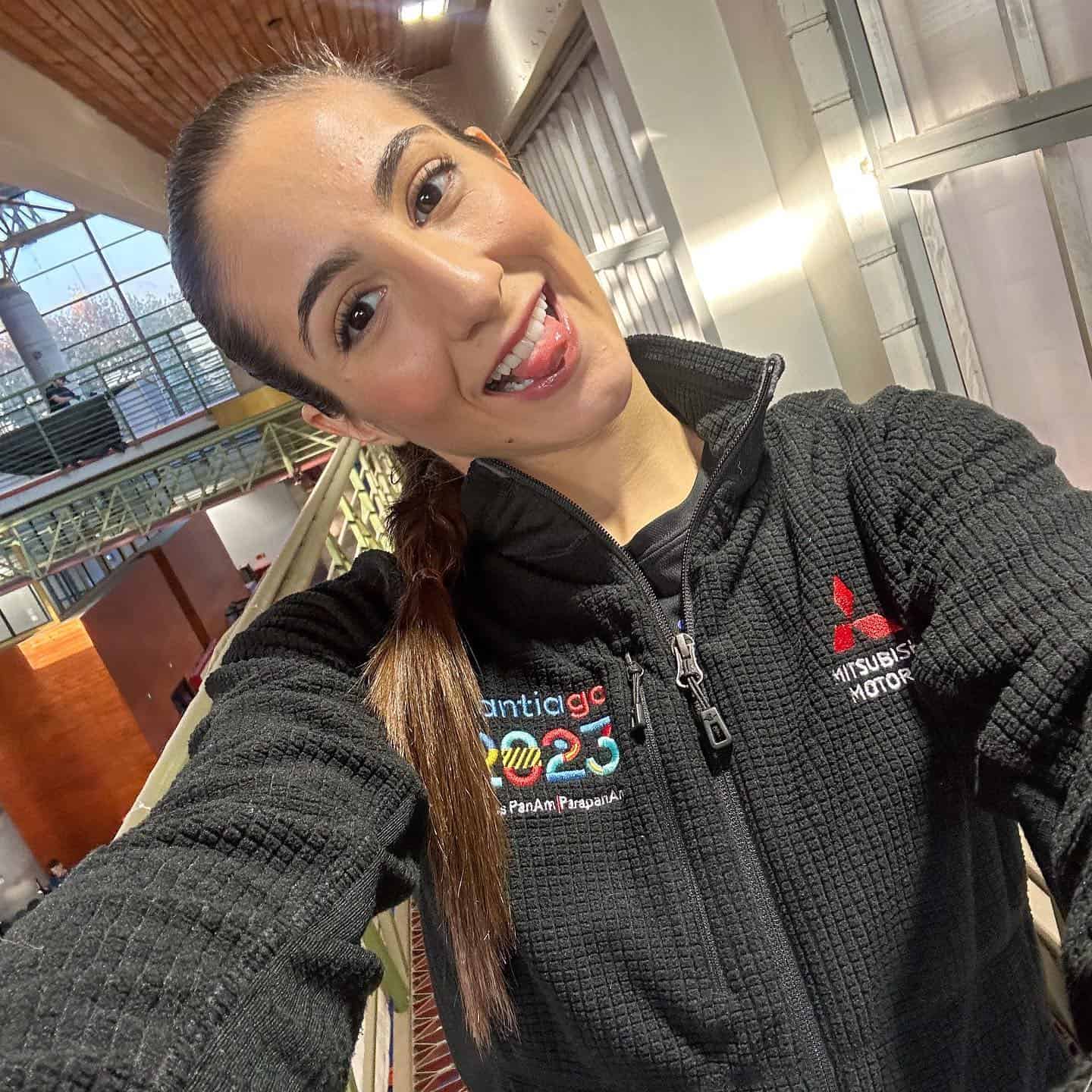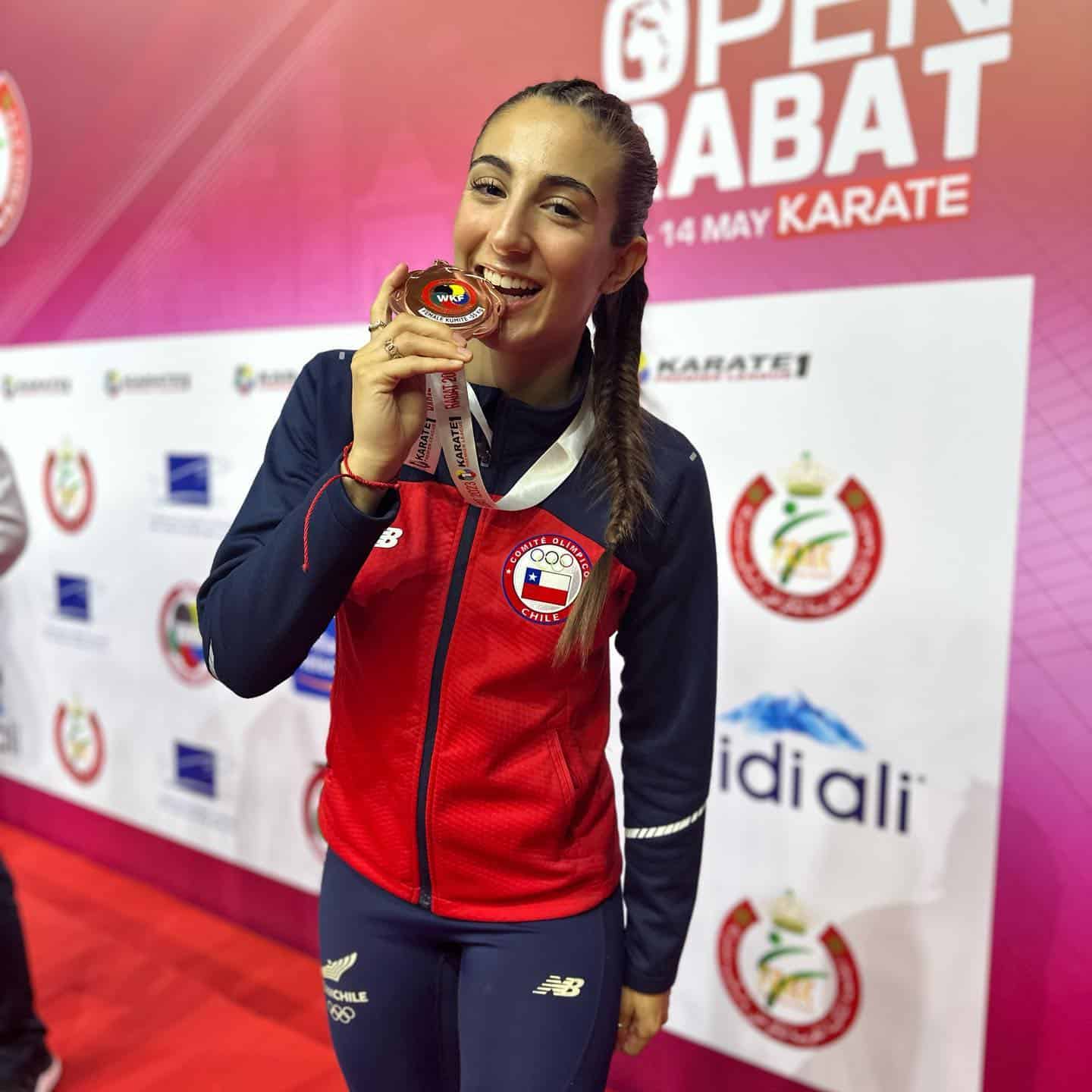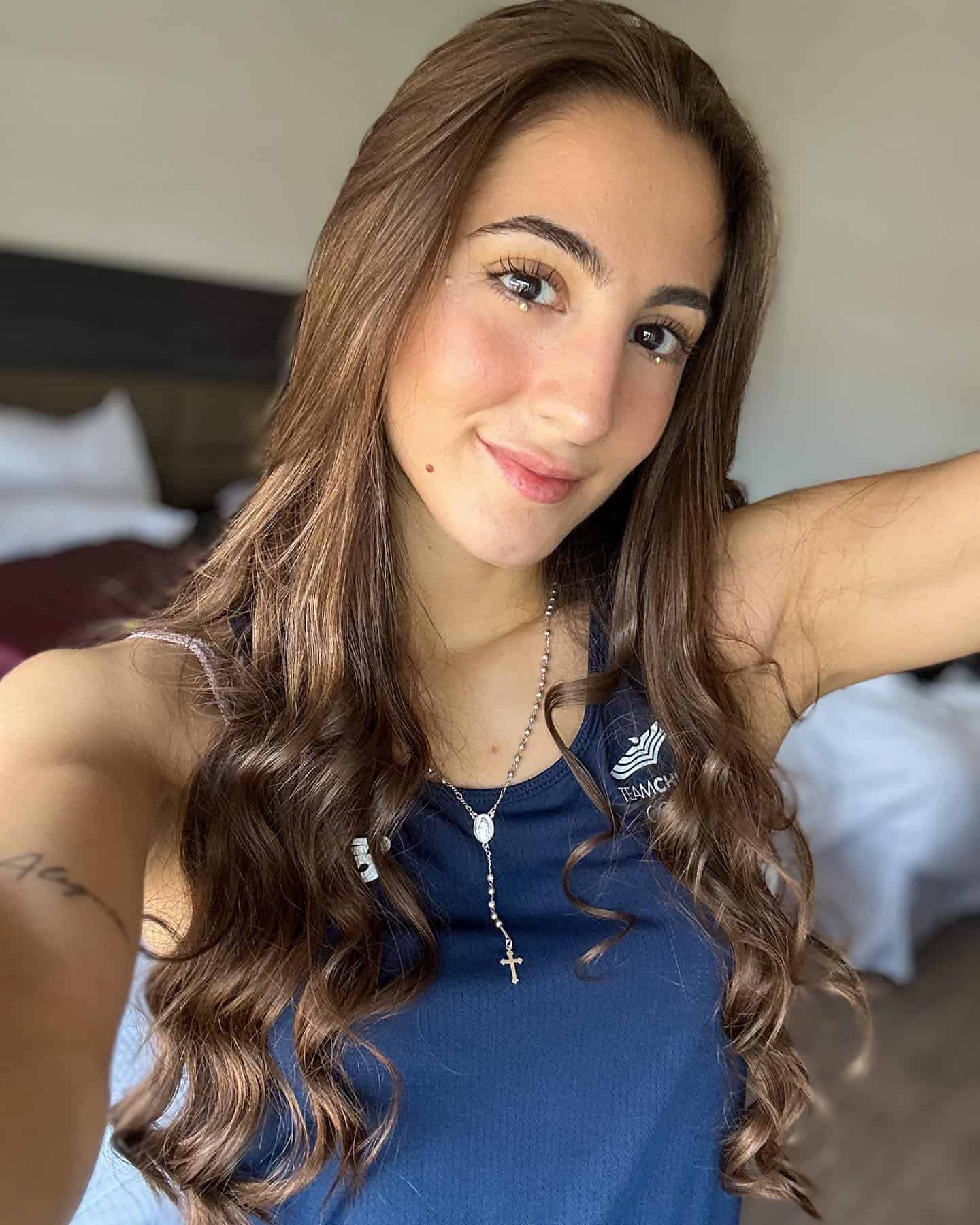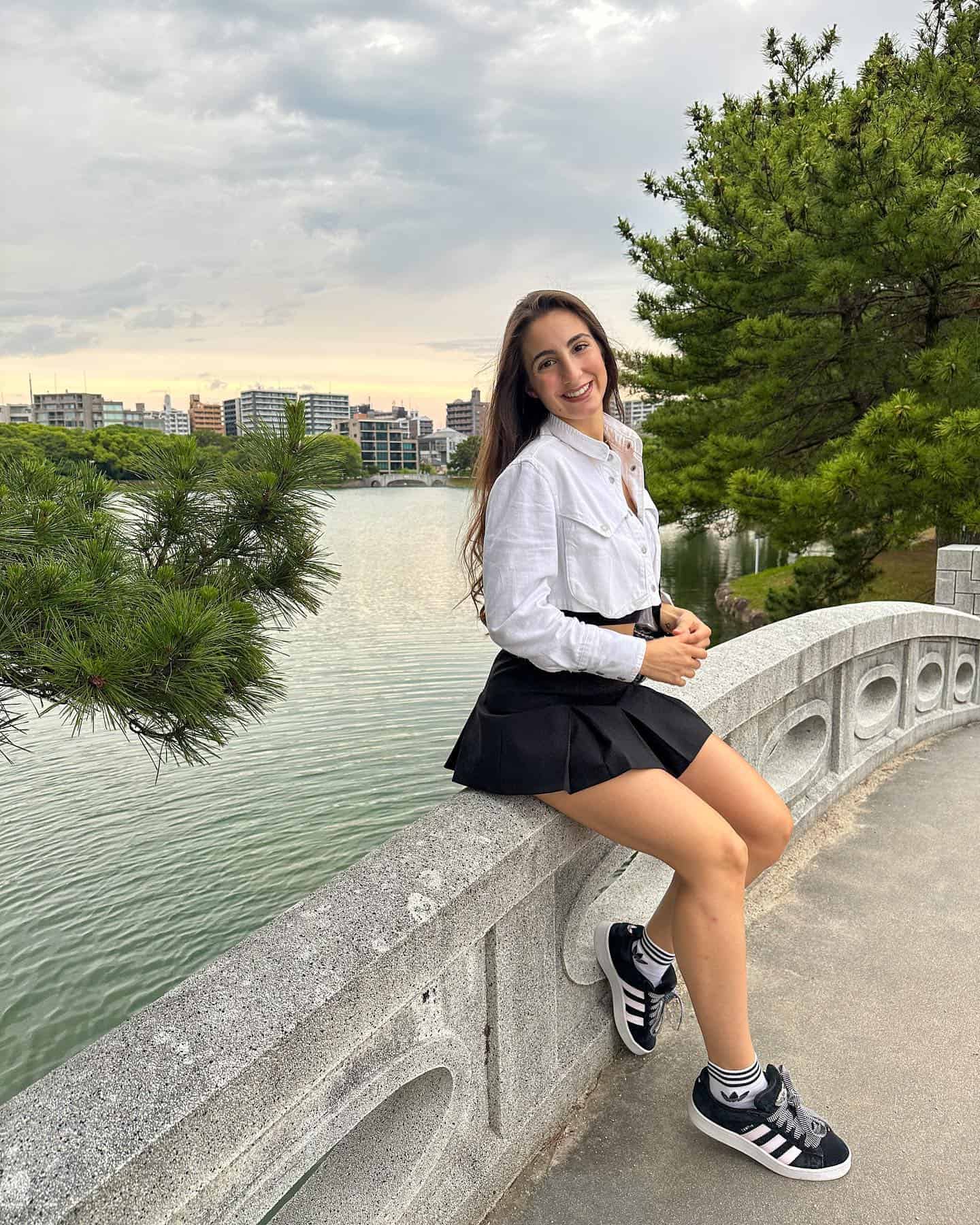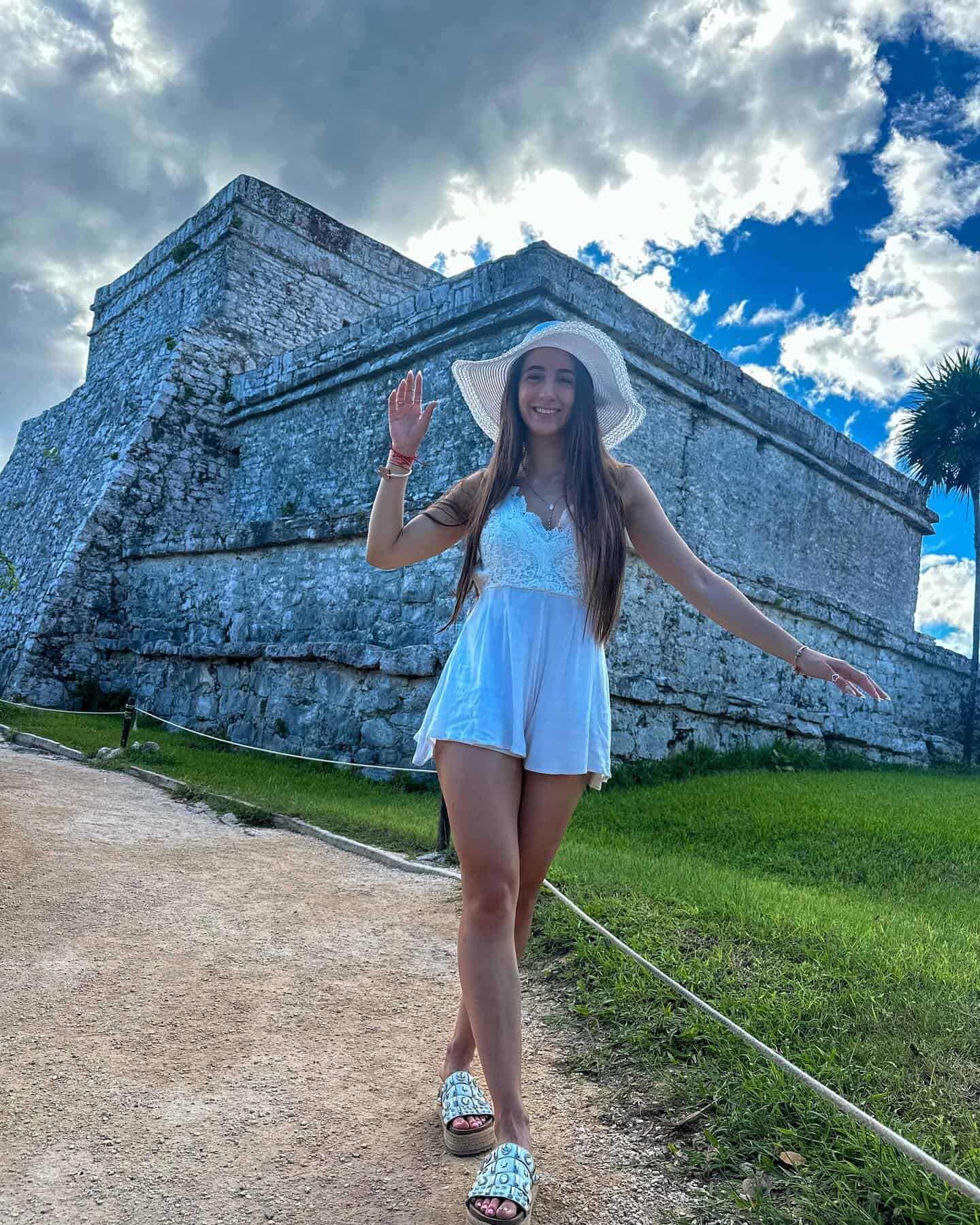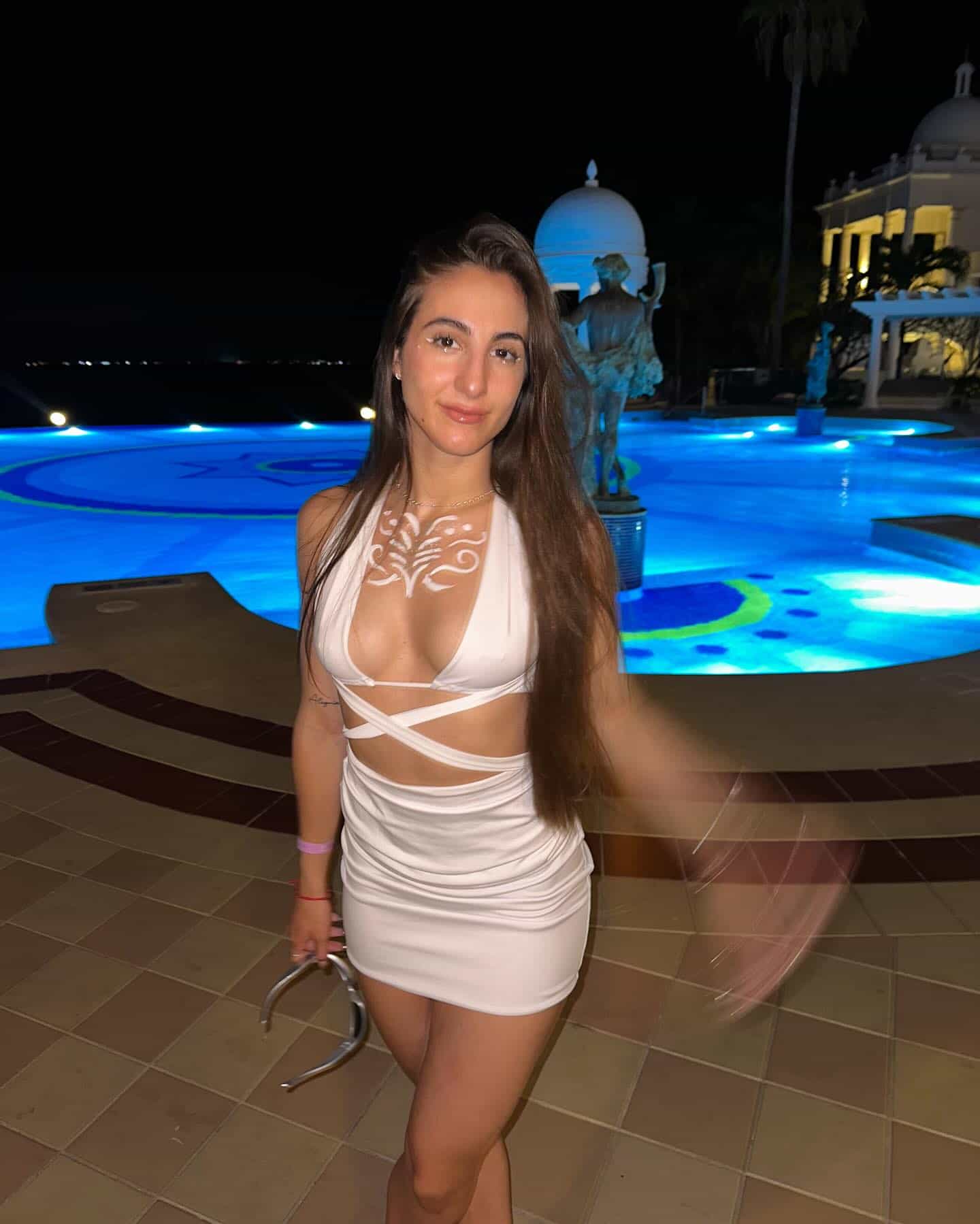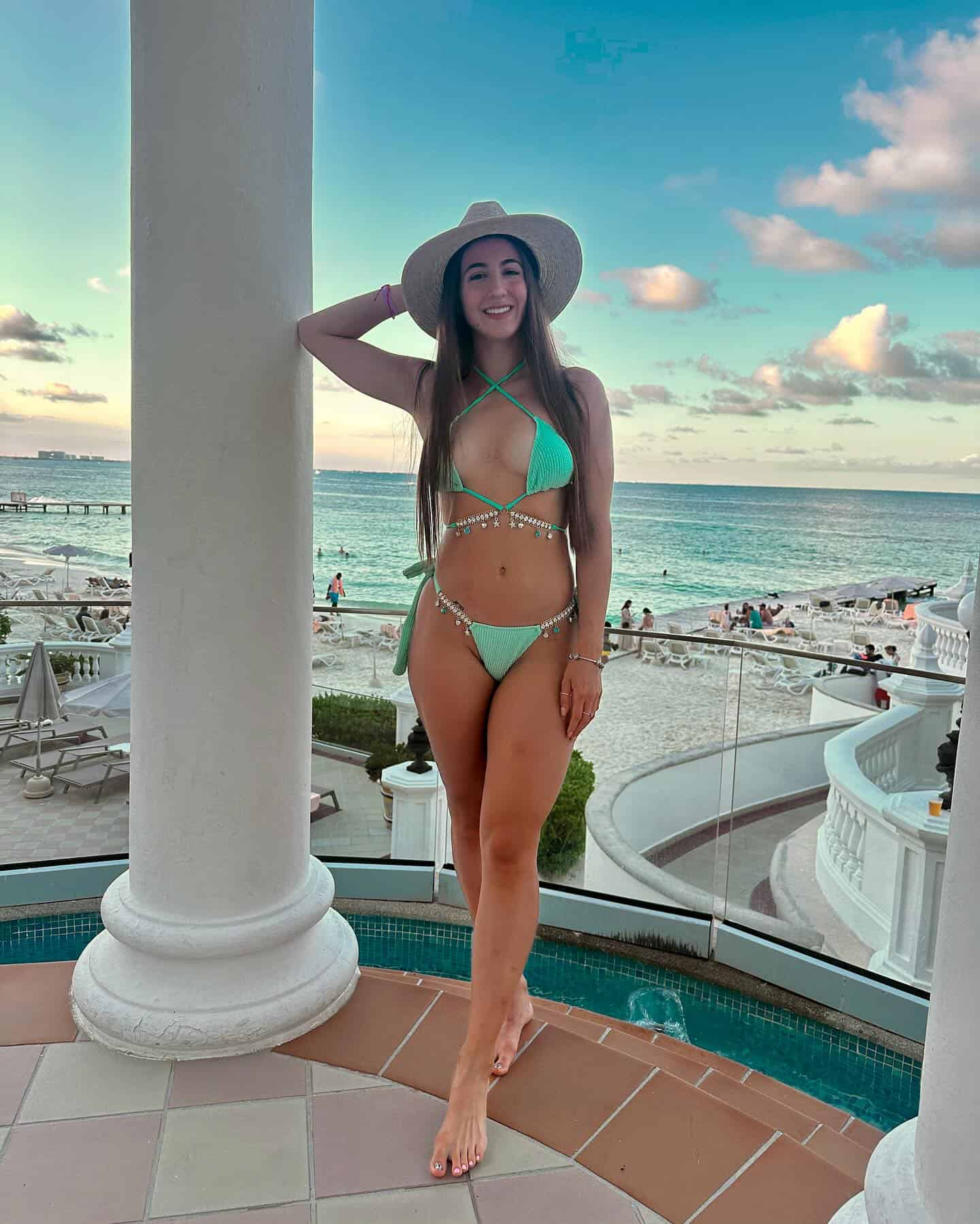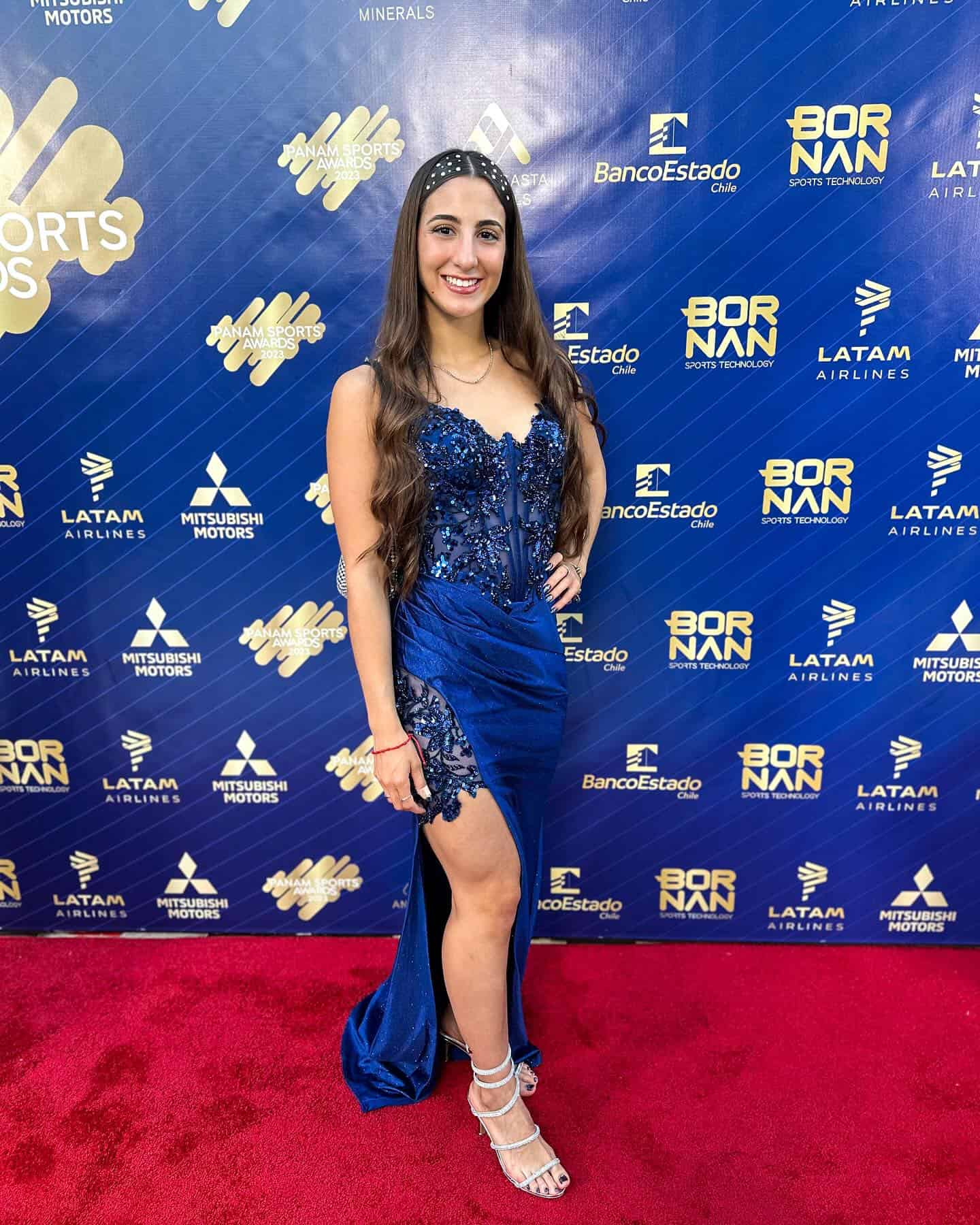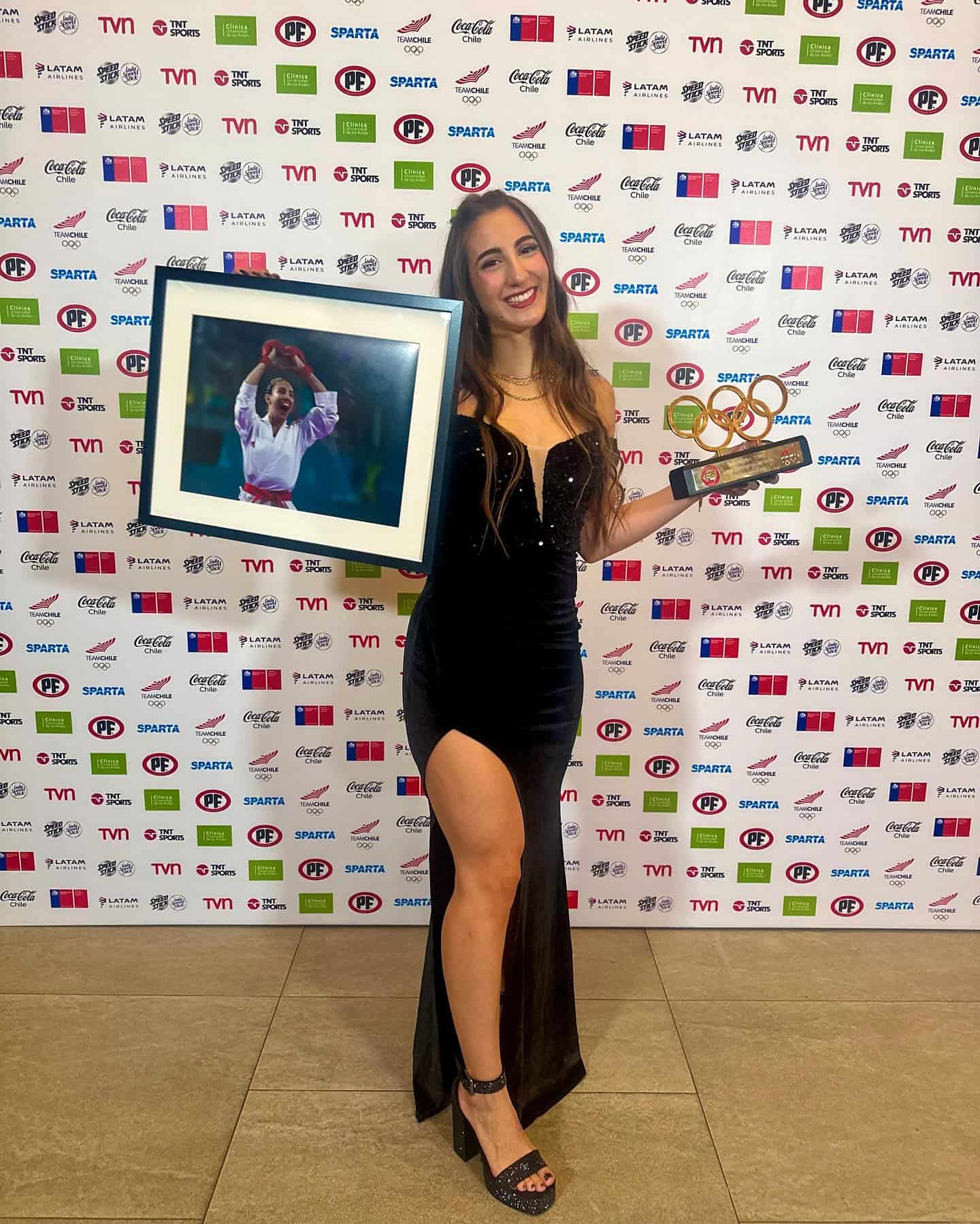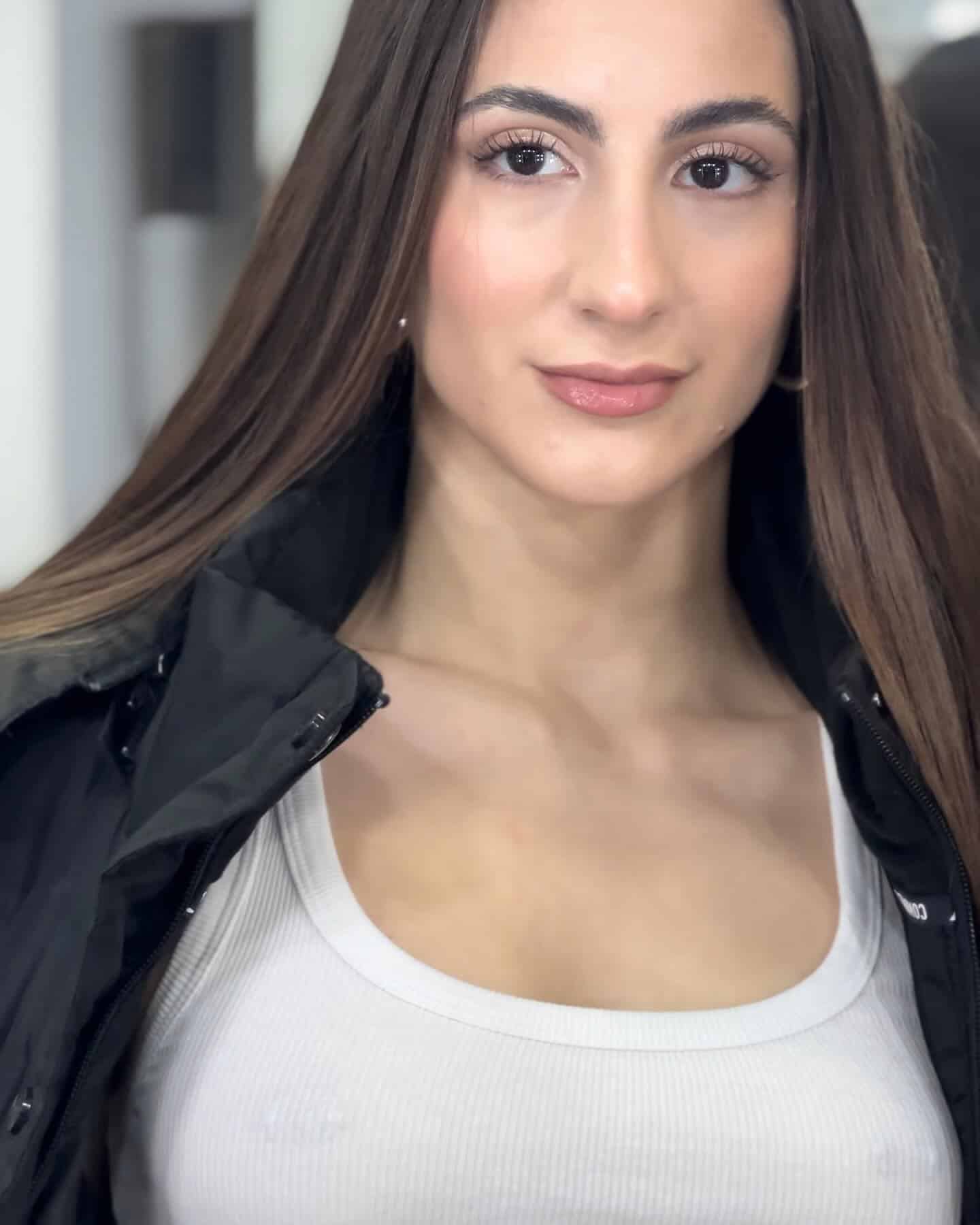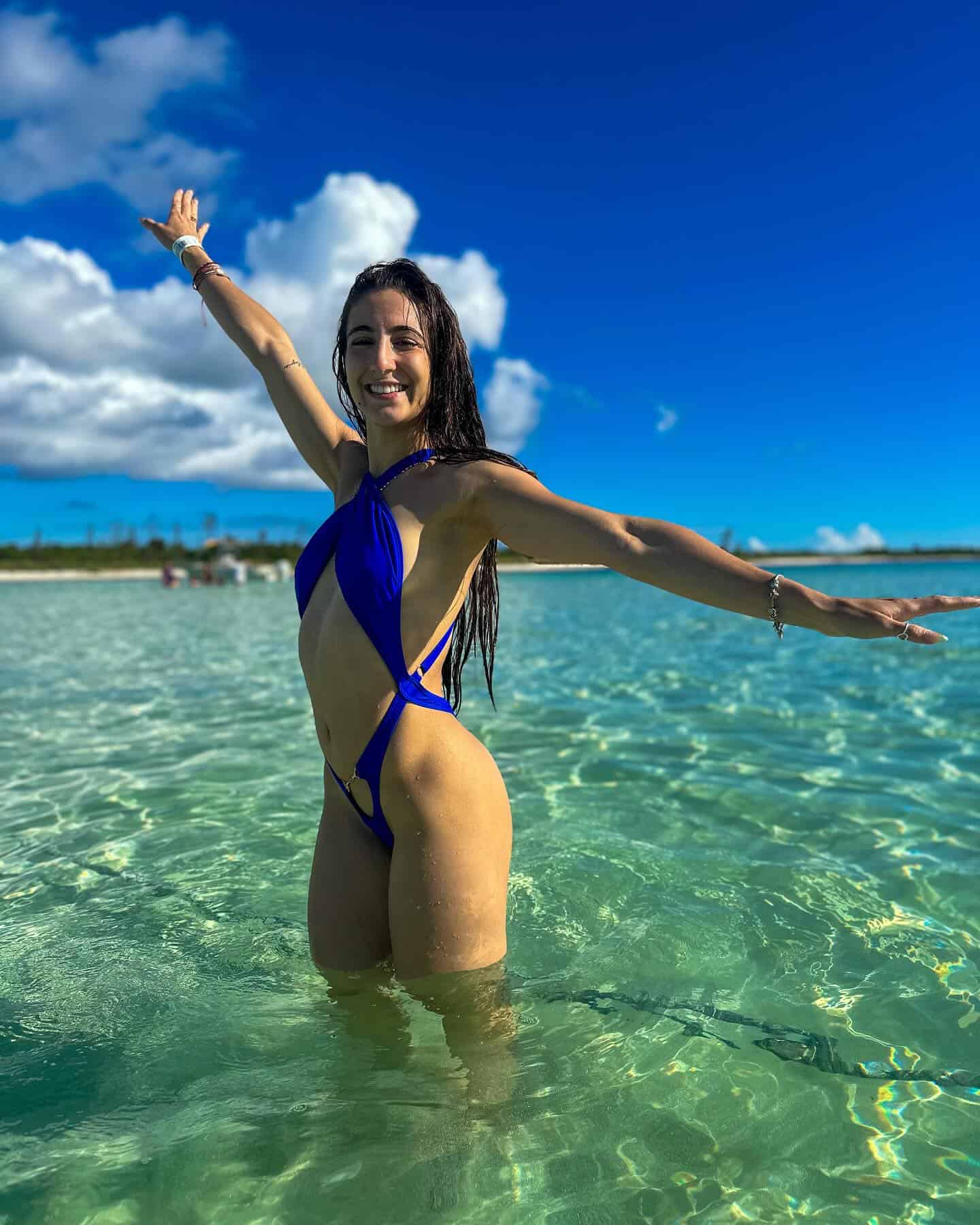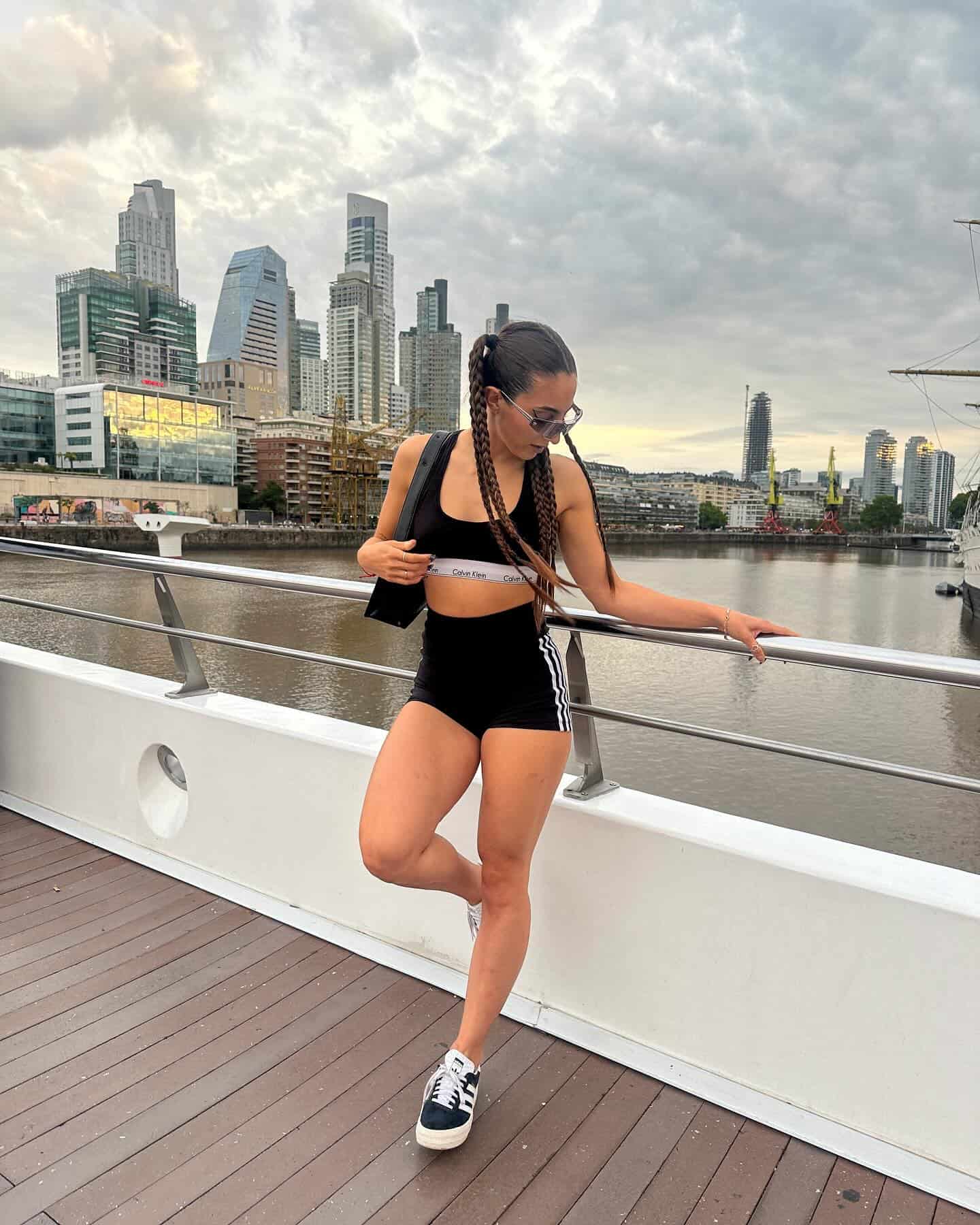Valentina Toro Meneses: A Comprehensive Biography of Chile’s Premier Karate Champion
Valentina Ivanina Toro Meneses has emerged as one of Chile’s most accomplished athletes, dominating the global karate circuit in the women’s 55 kg kumite category. Born on 17 February 2000 in Santiago, Toro has amassed an extraordinary medal collection, including golds at the South American Games (2022), Bolivarian Games (2022), and Pan American Games (2023). Her technical precision, strategic acumen, and resilience under pressure have solidified her reputation as a generational talent. Beyond the tatami, Toro balances elite athletics with academic rigor as an industrial engineering student at the University of Santiago, embodying the duality of intellectual and physical excellence. This report traces her journey from childhood prodigy to continental icon, analyzing the training philosophies, competitive milestones, and personal sacrifices that define her career.
Early Life and Introduction to Karate
Familial Influences and Initial Training
Valentina Toro’s introduction to karate at age seven stemmed from her father’s casual practice of martial arts, which he envisioned as a bonding activity5. Training together at a local dojo in Santiago, she initially found the sport unappealing due to its male-dominated environment9. However, by age nine, exposure to female role models-including a woman instructor-reshaped her perspective, igniting a passion that would define her adolescence9. Early training emphasized foundational kihon (basics) and kata (forms), but coaches quickly recognized her aptitude for kumite (sparring), where her agility and tactical awareness shone5.
Balancing Education and Sport
Toro’s parents prioritized academic achievement alongside athletic development, instilling discipline that later enabled her to juggle university studies with world-class competition. She attended colegio (secondary school) in Santiago while maintaining a grueling training schedule of 10–12 weekly sessions5. This dual focus prepared her for the logistical challenges of adulthood, where she now coordinates exam periods with international tournaments17.
Rise Through Junior Competitions
Breakthrough at the 2019 World U21 Championships
Toro announced herself globally by winning gold at the 2019 World U21 Karate Championships on home soil in Santiago, a watershed moment for Chilean karate410. Entering as an underdog, she defeated favorites from Japan and Iran through a combination of rapid ashi-waza (foot techniques) and precise timing. The victory marked Chile’s first junior world title in karate, elevating Toro to national celebrity status10.
Overcoming Injury and Adversity
A severe elbow injury during the 2022 South American Championships tested Toro’s resolve. Competing with a fractured elbow sustained in a preliminary match, she secured gold through sheer willpower, masking pain with strategic defensive maneuvers5. This period also saw her develop mental resilience through weekly psychology sessions, a practice she maintains to manage pre-tournament anxiety6.
Dominance in Senior Competitions
Olympic Pursuit and Near Misses
Toro’s quest for Olympic qualification began at the 2021 World Qualification Tournament in Paris, where she fell short of securing a spot for Tokyo 202014. Analysis of her performance revealed overcommitment to attacking techniques, a flaw she rectified by refining her counterattacking repertoire under coach Ahmed Solyman47.
Continental Supremacy: 2022–2024
The 2022–2024 period cemented Toro as Pan America’s premier kumite fighter. At the 2022 South American Games in Asunción, she dominated the 55 kg bracket, outscoring opponents 38–15 across five matches while serving as Chile’s flag bearer114. Her 2023 Pan American Games triumph in Santiago showcased tactical evolution-she neutralized Cuba’s Baurelys Torres 8–0 in the final by exploiting lateral movement and feints46.
Premier League Conquests
Toro’s 2024 Karate1 Premier League victory in Cairo represented a career pinnacle, defeating Greece’s Maria Stoli in a tactical masterclass710. Employing a hybrid style blending traditional Shotokan with modern WKF scoring strategies, she accumulated 990 ranking points, reaching a career-high world #3 position34.
Academic Pursuits and Personal Life
Engineering Education at USACH
Enrolled in the University of Santiago’s Industrial Engineering program, Toro credits structured scheduling for balancing 25-hour weekly training with academic demands717. Her thesis explores optimization models for sports facility layouts, applying classroom knowledge to athletic contexts7. Faculty accommodations include flexible deadlines during competition periods, though Toro insists on maintaining identical academic standards to peers17.
Relationship with Joaquín González
Toro’s partnership with fellow karateka Joaquín González-a 2023 Pan American silver medalist-has drawn public fascination. The couple, together since 2019, met as junior teammates and share a training philosophy emphasizing video analysis and recovery science8. Their relationship survived a 2021 controversy when González faced accusations of preferential selection over higher-ranked athletes, which he rebutted by publicizing achievement metrics8.
Technical Analysis and Training Regimen
Kumite Style and Signature Techniques
Toro’s fighting style centers on maai (distance control) and debana-waza (techniques initiated as the opponent attacks). Her trademark move-a chudan mawashi-geri (middle roundhouse kick) followed by rapid tai-sabaki (body shifting)-has scored 42% of her Premier League points37. Defensively, she utilizes uraken (backfist) counters against oi-zuki (lunge punches), a tactic honed through virtual reality simulations6.
Periodized Training Framework
Toro’s annual schedule divides into three macrocycles:
-
Base Phase (January–April): Focuses on aerobic capacity and technical drills, with 14 weekly sessions including yoga for flexibility6.
-
Competitive Phase (May–October): Prioritizes sparring intensity, averaging 45 matches monthly against male training partners to build speed617.
-
Transition Phase (November–December): Employs cryotherapy and hydrostatic recovery while reducing training volume by 60%7.
Legacy and Future Trajectory
Impact on Chilean Sports
Toro’s success has spurred a 300% increase in female karate registrations since 2019, per the Chilean Karate Federation17. Her advocacy for youth development led to a national program identifying talents aged 8–12 through motor skill assessments17.
Paris 2024 and Beyond
With karate excluded from the 2024 Olympics, Toro has recalibrated goals toward the 2026 Asian Games and 2027 World Championships. Long-term, she aims to establish a Santiago-based training center integrating sports science and academic tutoring, ensuring future athletes avoid the compromises she faced17.
Conclusion
Valentina Toro Meneses exemplifies the modern athlete-scholar, transcending sport to influence education policy and gender norms in Chilean society. Her journey-from a reluctant seven-year-old in a suburban dojo to a continental icon-underscores the transformative power of disciplined passion. As she approaches her athletic prime, Toro’s greatest legacy may lie in dismantling the false dichotomy between intellectual and physical pursuits, proving that world-class achievement knows no singular domain.
Go Valentina!
